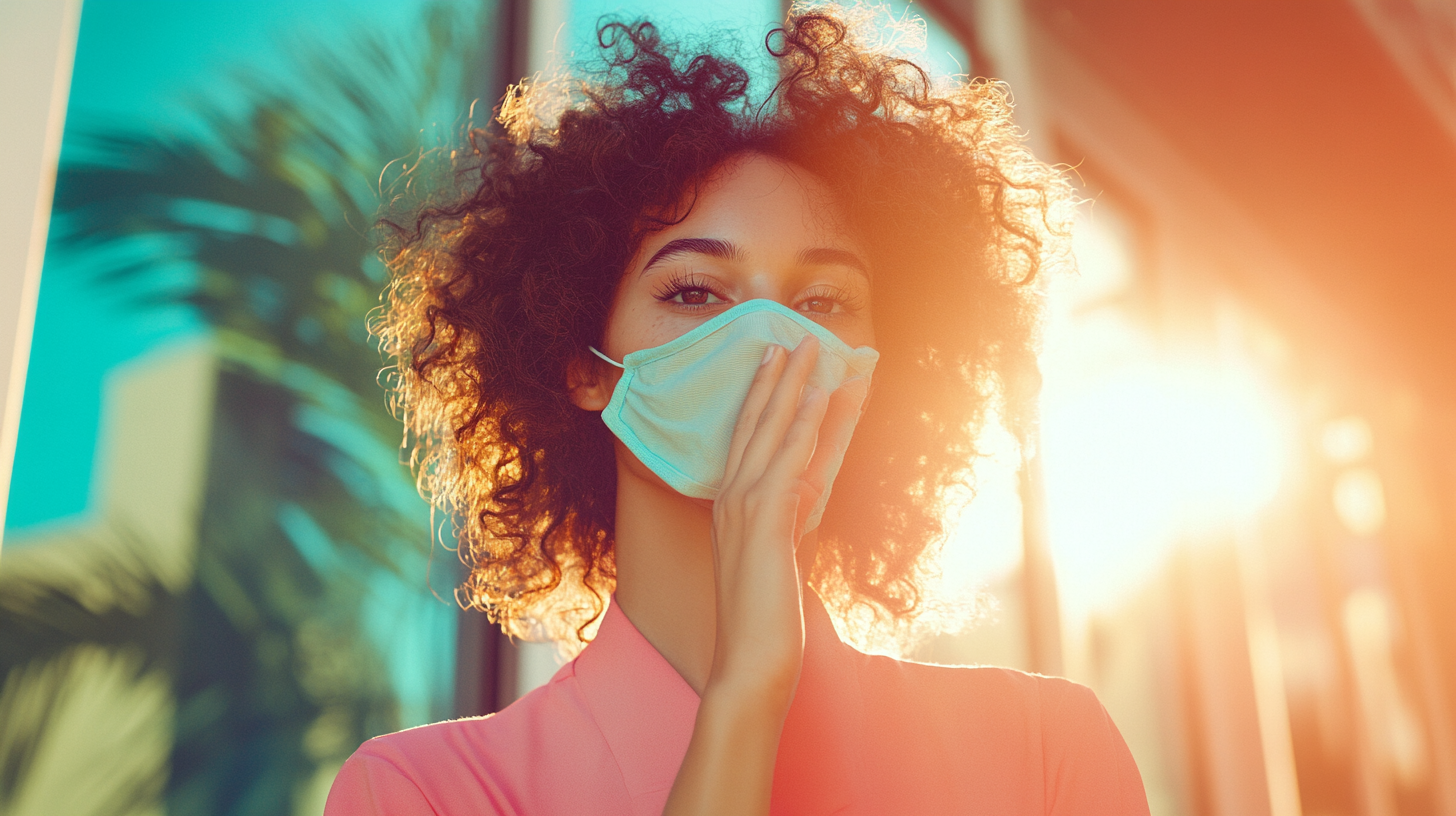
Protect Your Skin: Tips for Battling Wildfire Smoke Damage

Understanding the Impact of Wildfire Smoke on Your Skin
As we grow increasingly aware of our environmental challenges, one major concern is the impact of wildfire smoke on our health, particularly our skin. With rising temperatures and prolonged dry seasons leading to wildfires, it’s essential to understand how the smoke can affect our skin and what we can do to protect ourselves.
The Composition of Wildfire Smoke
Wildfire smoke isn’t just a nuisance; it contains a cocktail of harmful pollutants that can wreak havoc on your skin. Key components include:
- Particulate matter: Tiny particles that can penetrate deep into the skin, leading to inflammation and irritation.
- Polycyclic aromatic hydrocarbons (PAHs): These compounds can cause DNA damage and are linked to cancer.
- Heavy metals: Found in the debris burned during wildfires, these can contribute to skin aging.
- Ozone: This gas can exacerbate skin conditions by promoting collagen degradation.
The ramifications of exposure to these pollutants range from immediate irritation to long-term skin health issues, making it crucial to establish protective measures.
Immediate Effects of Wildfire Exposure
When exposed to wildfire smoke, you might notice an increase in acne, blackheads, and general skin dullness. This is largely due to:
- Increased oil production: Smoke can disrupt your skin's natural balance, pushing it to produce more oil, which can clog pores.
- Blemishes and Irritation: The pollutants can cause inflammation, leading to breakouts and skin redness.
In the long term, the repercussions become even more serious. Prolonged exposure can accelerate skin aging, increase the risk of skin cancers, and exacerbate existing conditions like eczema and psoriasis.
Protective Measures Against Wildfire Smoke
The best method to protect your skin from wildfire smoke is, unsurprisingly, to limit your exposure. Here are some practical steps you can take:
- Stay Indoors: During wildfire events, the best place to be is inside your home. Close windows and doors to manage air quality.
- Use Air Purifiers: Investing in HEPA filters can help remove smoke particles from indoor air.
- Cover Up: Wearing long sleeves, hats, and masks can help shield your skin from direct smoke exposure.
- Sunscreen is Key: Even when the air quality is poor, UV rays can pierce through the haze. Utilize a mineral sunscreen with high UVA protection to safeguard your skin.
Recovery and Post-Exposure Skin Care
After exposure to wildfire smoke, your skin may feel rough and dehydrated. Implementing a post-exposure skincare routine can help rejuvenate your skin.
- Change Your Clothes: Put on clean clothes after being outside to remove any smoke residue.
- Shower: A shower will help wash away pollutants and provide relief from irritation.
- Incorporate Antioxidants: Key players in skin recovery include:
- Vitamin C: Helps brighten the skin and repair damage.
- Niacinamide: Reduces inflammation and improves skin texture.
- Hyaluronic Acid: Hydrates and plumps the skin.
- Resveratrol: Known for its antioxidant properties, it can fight free radicals produced by the pollutants.
- Astaxanthin: This powerful antioxidant aids in reducing skin pigmentation and promoting overall skin health.
Long-Term Skin Care for Smoke-Damaged Skin
For those living in areas prone to wildfires, a proactive skincare approach is vital. Here are some tips to minimize damage and maximize healing:
- Regular Facials: Treating yourself to regular facials can help rejuvenate your skin and manage the effects of environmental stressors.
- Hydration is Crucial: Drink plenty of water to help flush out toxins and keep your skin hydrated from within.
- Consult a Dermatologist: If you notice persistent irritation or skin issues, professional guidance is key to finding tailored solutions, which may include specialized treatments or topical medications.
Understanding the Risks
Awareness is vital when it comes to caring for your skin. The association between wildfire smoke and skin health is becoming clearer, emphasizing the need for protective measures and education.
Consider potential pain points when caring for your skin in these situations:
- Prolonged exposure can lead to heightened anxiety about skin health.
- The financial burden of high-quality skincare products can be daunting.
- Busy schedules may prevent you from maintaining a consistent skincare routine.
Staying educated and informed about these risks can empower you to take swift action to protect and care for your skin.
Caring for Your Skin in Unpredictable Times
As natural disasters become more frequent and our climates alter, protecting our skin from the harmful effects of wildfire smoke is paramount. Remember to take preventive steps, and embrace a solid skincare routine that reinforces your skin’s resilience.
In this rapidly changing world, knowledge becomes your best asset. By understanding what wildfire smoke can do to your skin, you’re taking a significant step toward maintaining your overall health and vitality.
Head over to our other blogs on Beauty Blog for more insights on skincare and health, and transform how you think about skin care in the face of environmental challenges. Your skin deserves protection and care—even from the smoke in the air.